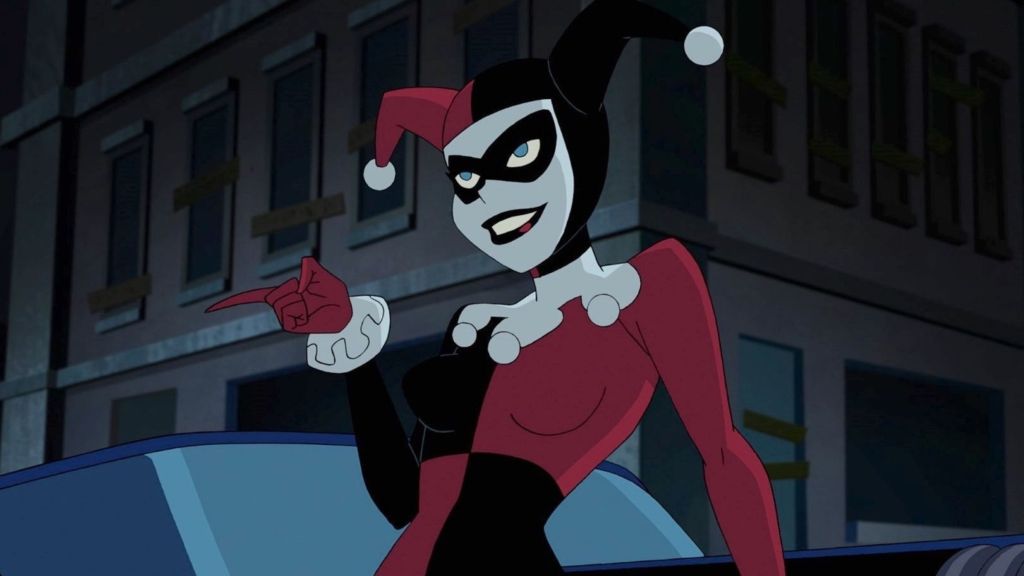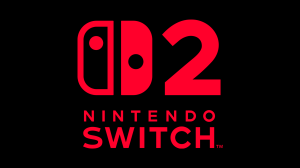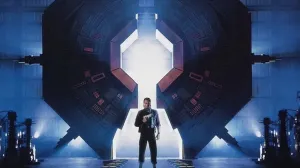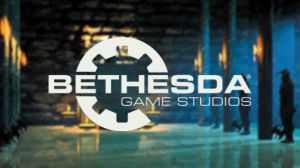Harley Quinn has been in an odd position within the DC Universe for a while now. She is no longer a villain, but she’s not quite a superhero either. DC CCO Jim Lee once described Harley as the “fourth pillar” of the DC Universe, emphasizing how highly the company views her. The character has achieved such exponential growth in the last few decades, and DC didn’t know what to do with her. Harley became too likable, DC couldn’t keep her a supervillain or the Joker’s abused girlfriend forever. She’s now in a confusing anti-hero position, yet the character feels wasted in that role despite some genuinely funny comics.
Videos by ComicBook.com
Maybe this is nostalgia speaking, but Harley was a more enjoyable character when she was a villain and causing havoc. DC had to evolve the character as she couldn’t stay stagnant, especially since she became somewhat of a role model. Yet a big appeal of her character was that she was a villain, and when you take that away, you lose a lot of what made that character great in the first place. This isn’t to say Harley can’t be compelling as a hero, but after many years as a sort-of superhero in the comics, we are clamoring to see a villainous Harley again.
Did DC Need To Move Harley Away from Villainy?

While Harley Quinn has always been a fan-favorite ever since she first appeared in Batman: The Animated Series, it was the Batman Arkham games that exploded her popularity. It evolved the character from a cartoon side-character to one of Batman’s main rogues’ gallery. From there, her popularity grew, leading her to become one of the faces of the Suicide Squad, a team she had no association with until 2011, and the onslaught of merch. Even though the character was gaining new fans at this period, some of the early Suicide Squad and the Arkham games lean too heavily on the villainous side of Harley Quinn. There was the infamous comic where Harley blew up an innocent, which felt too out of character.
Harley Quinn’s main hook was that she was a female version of the Joker, was an underling, and had a childish personality that hid her true competence. Her villainous actions contrast with her personality, making her an enjoyable villain to watch and read. There’s tragedy to the character, as she’s trapped in an endless cycle of abuse by the Joker. It was secretly a dark backstory that the original animated series hid through jokes and Harley’s mannerisms. Her abuse is what made the character compelling, but there’s only so much readers can take of Joker’s treatment of Harley before the idea gets uncomfortable. DC needed to move Harley away from the Joker, yet the company didn’t need to move her away from villain-y completely.
DC possibly made Harley more heroic because her backstory as an abuse victim may seem problematic if she remained under the Joker’s thumb. It wouldn’t make sense, at least in a marketing sense, to have DC’s “fourth pillar” be a villain and a victim. This is especially true given how close to home Harley’s abuse hits certain readers. Nonetheless, it could be argued that she was never meant to be a fully sympathetic character. The Mad Love comic confirmed that Harley always used her looks and seduction to get what she wanted, highlighting how she was morally dubious before the Joker got his hands on her. Her growing up past Joker shouldn’t mean she should suddenly become a hero. When DC made Harley more heroic, her immature personality no longer read as fun or lighthearted, and instead, it became silly. It’s one thing for Superman or the Flash to say a zany one-liner while saving someone. It’s another thing when Harley acts like an oversized child all the time, especially when her villainous actions aren’t serving as a contrast.
Other Media Makes Villain Harley Work Better than Hero Harley

The original Batman: The Animated Series and the recent Batman: The Caped Crusader cartoon demonstrated how Harley can work as a villain without the Joker. The classic animated show from the 90s offers redemption for the character in several situations, and she would often run back to the Joker. However, she would also commit several crimes with Poison Ivy, keeping her in as a criminal yet away from the Joker. Caped Crusader establishes Harley as her own villain, independent from the Joker, who has yet to appear in the series. She has her own motivations and isn’t trapped in her abusive girlfriend role. The show even highlights Harley’s profession as a psychiatrist, an underrepresented aspect of the character’s backstory.
Even her acting as a villain sidekick for the Joker in the Arkham game series feels more aligned with the character’s original intention. She remained villainous even after the loss of the Joker, essentially taking over Joker’s position in the villain hierarchy. The Gotham Knights game also had Harley acting independently again, adapting her to be more manipulative and intelligent. Gotham Knights is Harley at her most malicious, which may not match with some people’s sympathetic view of the character. Nevertheless, the character works best when she isn’t fully empathetic, especially when she has evil intentions. While Harley’s portrayal as an abuse victim is a sensitive topic, her history as a victim shouldn’t deter authors from making her villainous. Bad guys work best when they have a tragic history, and Harley Quinn’s sympathetic backstory makes her more complex and engaging to read, particularly as a villain rather than a hero.









